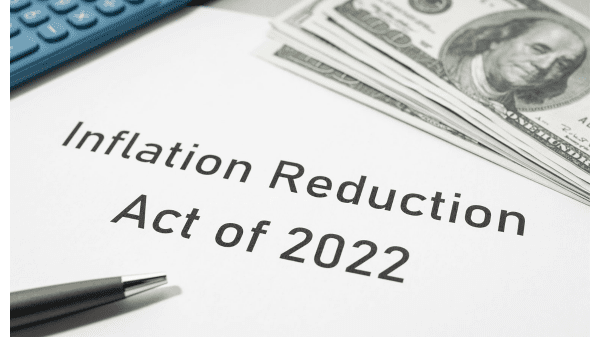Remember President Kennedy? Remember “Ask not what your country can do for you—ask what you can do for your country”?
I do not know of any interest group that pays attention to this dictum, except perhaps to do the exact opposite.
Ag groups are no worse, though no better. With that in mind, what does the recently passed Inflation Reduction Act have to offer farm interests?

Michigan senator Debbie Stabenow offers a one-page summary.
Principal areas include “climate-smart agriculture,” with “over $20 billion to give farmers and ranchers the tools they need to address the climate crisis.”
This money will be used to assist in funding conservation programs, which are currently oversubscribed by 3 to 1. It will also create incentives for sustainable practices, such as optimizing fertilizer use and expanding cover crops.
“Rural Power and Clean Energy” will provide $14 billion to support rural electric cooperatives and rural investments in moving to cleaner sources of energy.
Another $5 billion will go to protecting communities from wildfires while combating the climate crisis.
Still another $4 billion will go toward alleviating the severe drought in the West.
On August 25, a coalition of Western farm groups, including Western Growers and the Farm Bureaus of California, Arizona, Oregon, and Colorado, sent a letter to Interior Secretary Deb Haaland urging her “quickly to implement the Inflation Reduction Act (IRA) and other available drought funding to use on the ground.”
The groups are urging the Interior Department and the federal Bureau of Reclamation “to quickly release a Notice of Funding Availability with guidance to water managers currently developing drought response proposals and quickly deploy that funding to address the most urgent needs,” according to the letter.
“We urge you to continue to bring all water users together to develop solutions and ensure agriculture has a place at the table,” the letter said.
“There has been an unfortunate narrative lately that demonizes irrigation and minimizes the importance of domestic food production. Recent letters and comments by some in the West are clearly designed to encourage moving significant volumes of water off farm for other uses.”
In the long term, this is the most important issue. There is a widespread perception of American agriculture as an interest opposed to those of the public. But agriculture is not the same kind of industry as many others. Without adequate food production, everything else falls apart and everyone starves.
Let us use the commonly cited figure saying that agriculture uses 80 percent of the water in the West, while urban uses account for only 10 percent, industrial use accounting for the remaining 10 percent.
This certainly pits city against country in a way that is not good, considering the tiny number of people directly involved with agriculture.
It should be reframed in another way. It’s not just the poor homeowner trying to keep his grass green while agribusiness interests are sucking up practically all of the water for their own greedy purposes.
Put starkly, it is this for consumers: Do you want a green lawn, or do you want to still be able to eat lettuce and tomatoes?



